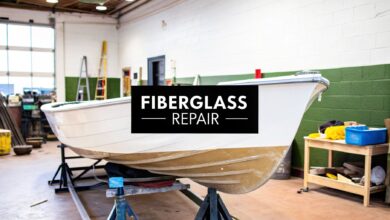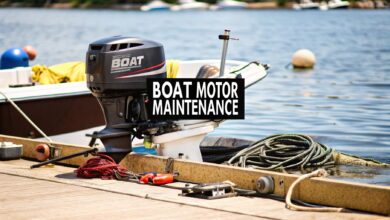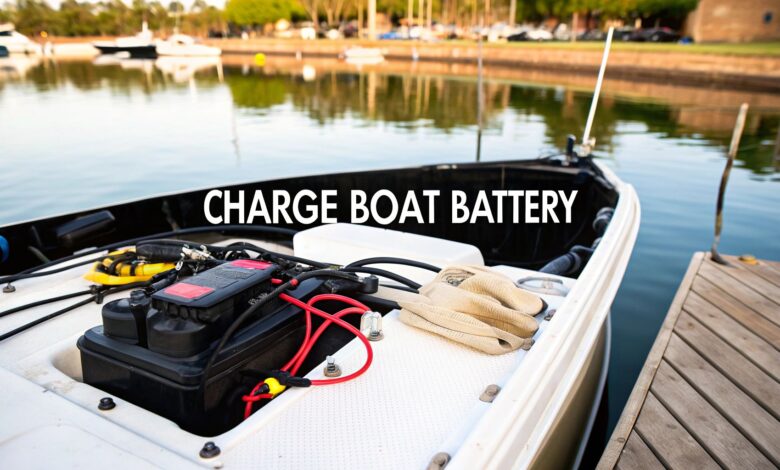
There's nothing worse than a perfect day on the water ruined by the click of a dead battery. Rushing the charging process or doing it incorrectly can cause bigger headaches. These issues range from shortening your battery's life to frying your boat's electronics.
Think of this guide as your go-to playbook for keeping your marine battery in top shape.
Why Getting the Charge Right is a Big Deal
A dead battery is more than an inconvenience; it's a safety risk that can leave you stranded. Improper charging is the quickest way to kill a good marine battery. This forces expensive, premature replacements.
Overcharging a battery can cook its internal components. Undercharging it causes a buildup called sulfation, which chokes the battery's ability to hold a charge.
Nailing the charging process protects your investment and provides peace of mind. We'll walk through everything from picking the right charger to simple safety checks. These steps prevent common and costly mistakes.
Choosing the Right Charger for Your Marine Battery
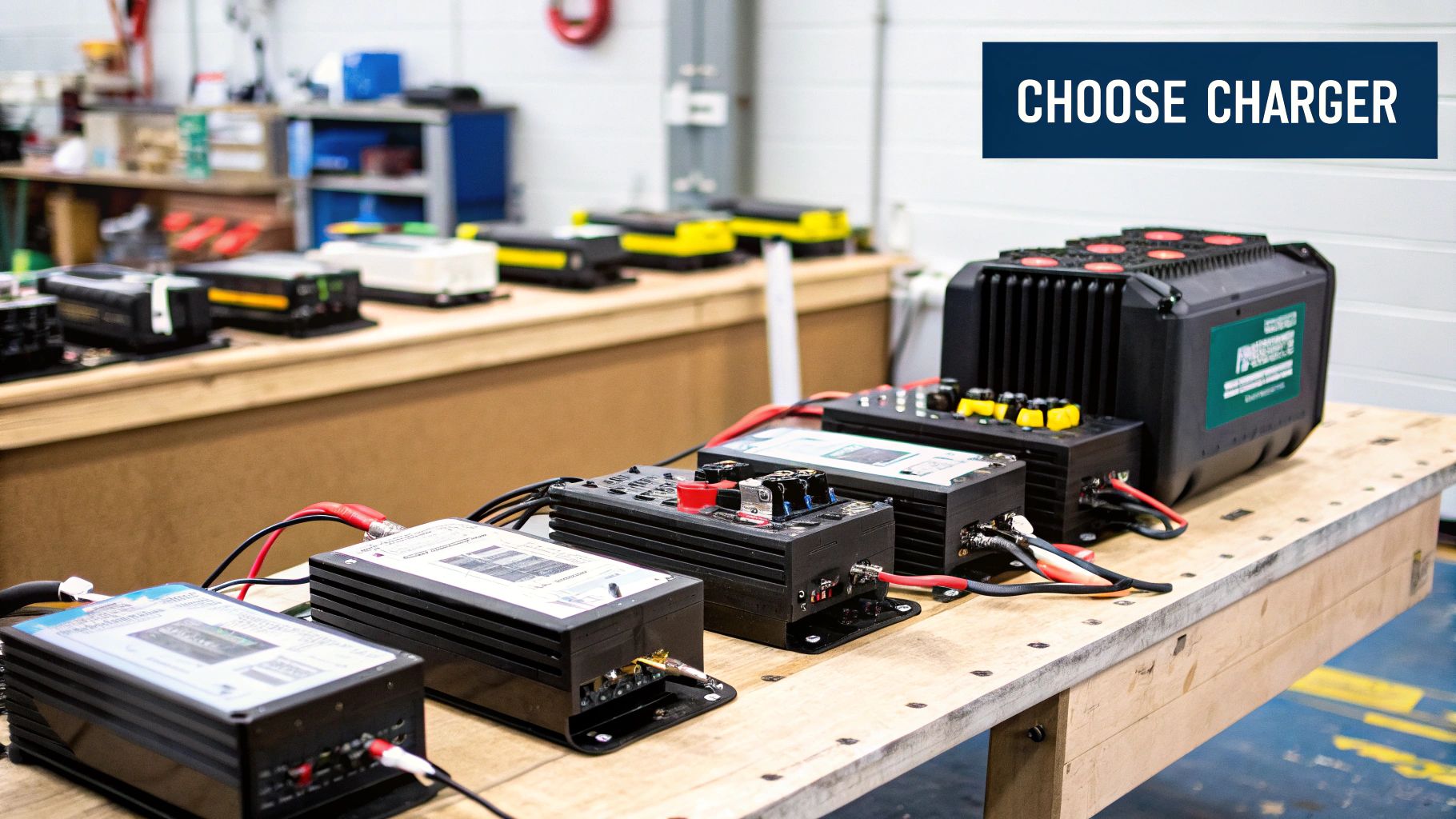
Grabbing any old charger from the garage is a classic mistake. A standard car battery charger can easily undercharge or overcharge your marine battery. This significantly shortens its lifespan.
The marine environment is tough, and your equipment needs to be tougher.
Smart Chargers: The Only Real Choice
Your best bet is a multi-stage "smart" charger built for marine use. These chargers automatically adjust the voltage and current as the battery fills up. They move through different stages to charge efficiently without damaging the battery.
Look for features like moisture and corrosion resistance. These are essential for any equipment that lives on a boat.
Better power systems are a big deal in boating. The global marine battery market is expected to hit USD 1,662.2 million by 2030. Dive deeper with our guide on picking batteries for your boat.
Marine Battery Charger Comparison
Here's a quick breakdown of common marine charger types to help you choose.
| Charger Type | Best For | Key Feature |
|---|---|---|
| Onboard Chargers | Convenience and maintaining batteries while docked or in storage. | Permanently installed, waterproof, and can charge multiple battery banks at once. |
| Portable Chargers | Smaller boats, occasional use, or as a backup. | Lightweight and easy to move between boats or take home for charging. |
| Trickle Chargers | Long-term storage and battery maintenance. | Provides a low, constant current to keep the battery topped off without overcharging. |
| Solar Chargers | Off-grid power and maintaining charge on a mooring. | Eco-friendly and ideal for keeping batteries healthy without access to shore power. |
The right charger depends on your boat, battery setup, and usage. An onboard charger is a fantastic investment for most boaters. It offers a true "set-it-and-forget-it" solution.
Safety First: What to Do Before You Plug In
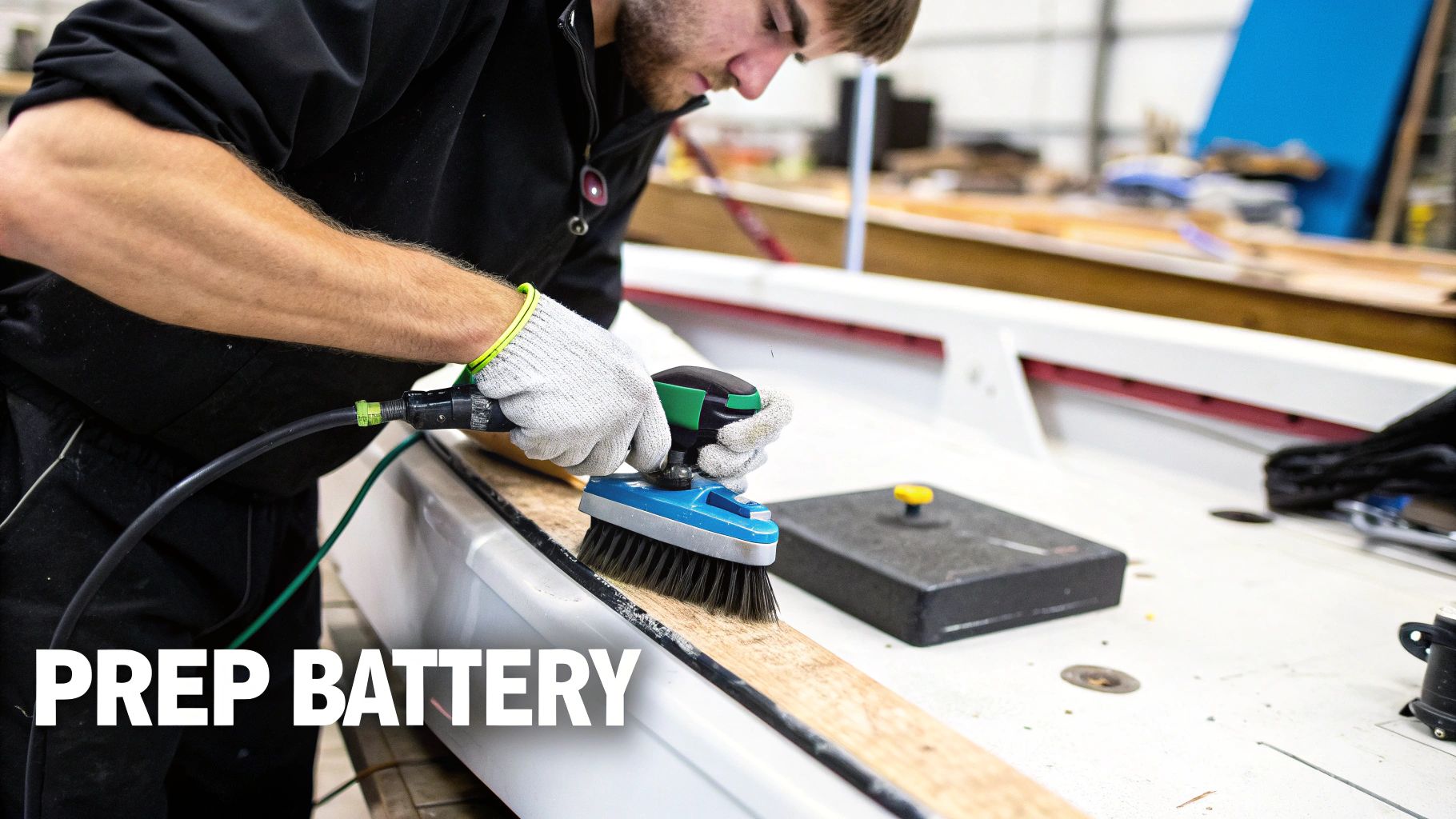
Before connecting a charger, let's talk safety. Working with boat batteries requires care, but a few smart habits prevent trouble.
First, consider your workspace. Batteries release flammable hydrogen gas when charging, so you need good ventilation. Charge the battery outside or in a space with plenty of airflow, never in a small, enclosed cabin.
Next, gear up with safety glasses and gloves. Battery acid is corrosive, so protecting your eyes and skin is non-negotiable.
Finally, give the battery a quick inspection. Look for cracks, leaks, or bulging. If you see anything that looks off, stop; a damaged battery is a hazard and should be replaced.
Connecting and Charging Your Boat Battery Correctly
Now for the hands-on part. Whether the battery is in or out of the boat, the process is the same. First, ensure your battery charger is unplugged and switched off to prevent accidental sparks.
Now for the clamps. Follow the right order for safety.
- First, connect the positive (red) clamp to the positive (+) battery terminal.
- Then, attach the negative (black) clamp to the negative (-) terminal.
Following this "red on, black on" sequence is crucial. Getting it backward can cause sparks, which is dangerous around a battery.
With the clamps secure, plug the charger into the wall and turn it on. Select the right mode for your battery type—flooded, AGM, or gel. For more on battery types, see our guide on what marine deep cycle batteries are.
This image gives you a clear, visual breakdown of the connection sequence.
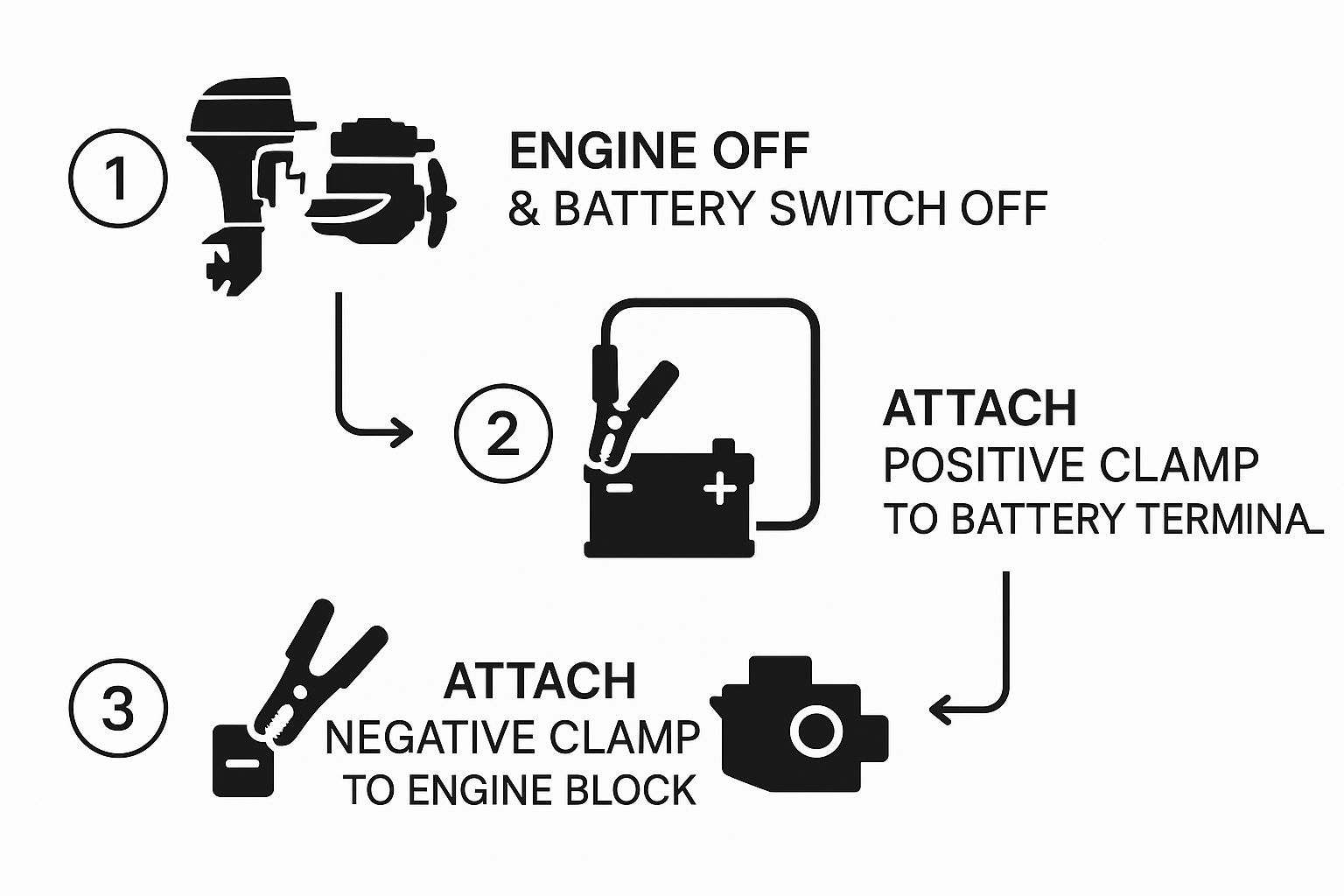
Sometimes a visual reminder helps the "power off, positive first, negative second" rule stick.
Even with care, you might run into a snag when charging. If you see an error light or nothing happens, don't panic. The issue is usually something simple.
Nine times out of ten, the problem is a poor connection. A little corrosion on the battery terminals can stop the charge. You need solid, metal-to-metal contact.
Grab a wire brush and scrub the battery terminals and the inside of the charger clamps until they are shiny. Re-clamp them securely and try again.
Still no luck? If connections are clean and tight, the battery may be the issue. A battery left dead for too long might not be recognized by a standard charger. Take it to a marine supply store for professional testing to see if it's salvageable.
Tips for Extending Your Battery's Lifespan
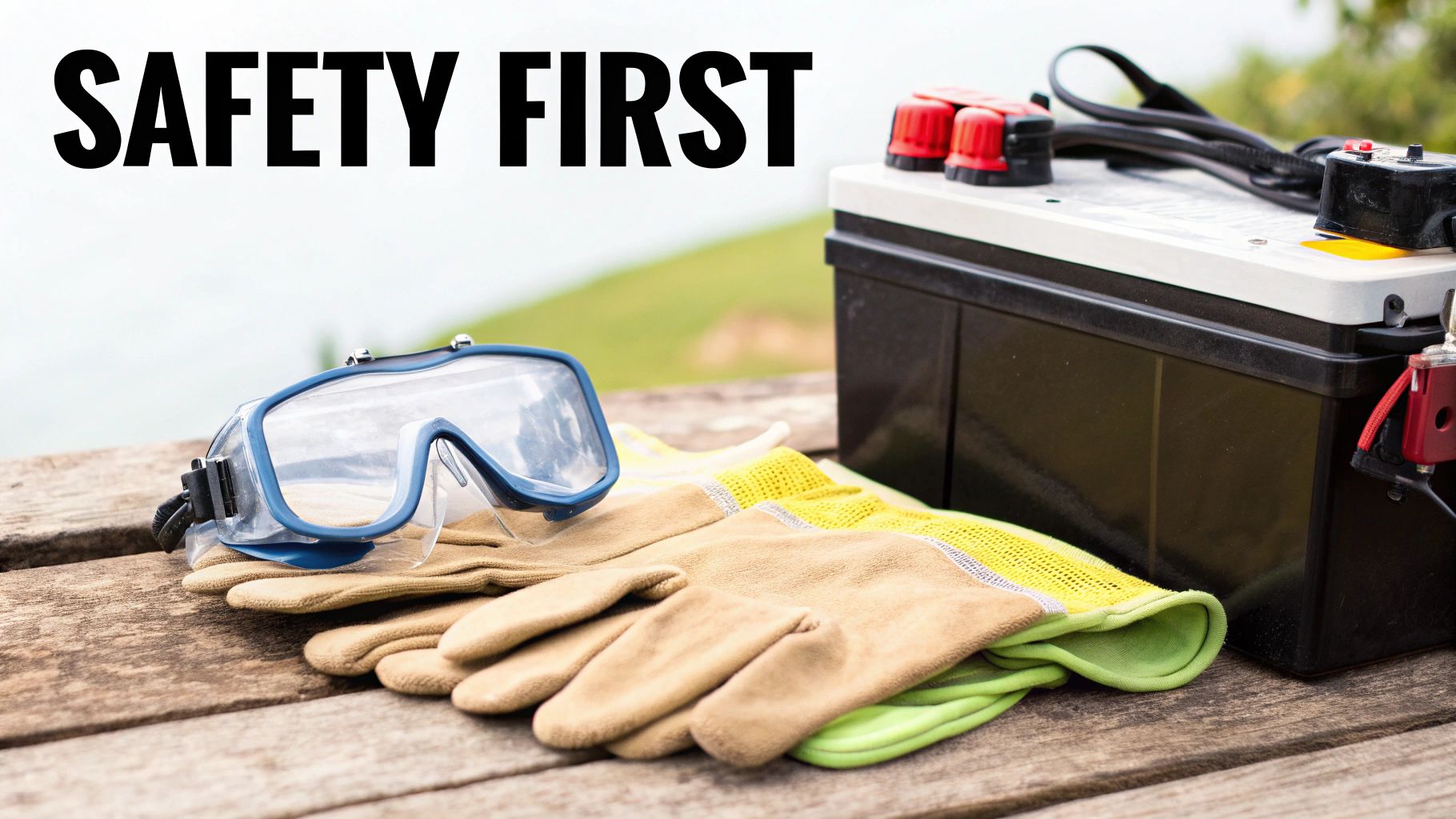
Proper charging is crucial, but what you do between charges also extends battery life. The golden rule is to never let your battery sit dead for long. This is one of the fastest ways to cause permanent damage.
If you’re laying up your boat for the season, pull the battery out. Store it in a cool, dry place and hook it up to a smart trickle charger.
A Little Maintenance Goes a Long Way
Inspect your battery terminals often. If you see crusty corrosion, scrub it off with a wire brush. For traditional flooded lead-acid batteries, top off the cells with distilled water as needed.
For long-term maintenance, consider installing boat solar panels. They are a great way to trickle charge your battery while at anchor.
Making these small habits part of your routine will add years of reliable power to your boating seasons. It's a proactive approach that pays off, much like having a good process for how to load a boat on a trailer.
This focus on better battery tech is a worldwide trend. Europe, for instance, holds over 42.75% of the marine battery market revenue. This is largely driven by tough emission standards.
Got Questions About Charging Your Boat Batteries? We've Got Answers
Boat battery questions pop up all the time at the marina. Issues range from charging times to which charger to use. Every boat owner faces these questions eventually.
To help, we've gathered the most common questions from fellow boaters. Here you'll find straight-to-the-point answers. This will help you take the guesswork out of maintaining your boat's power system.


